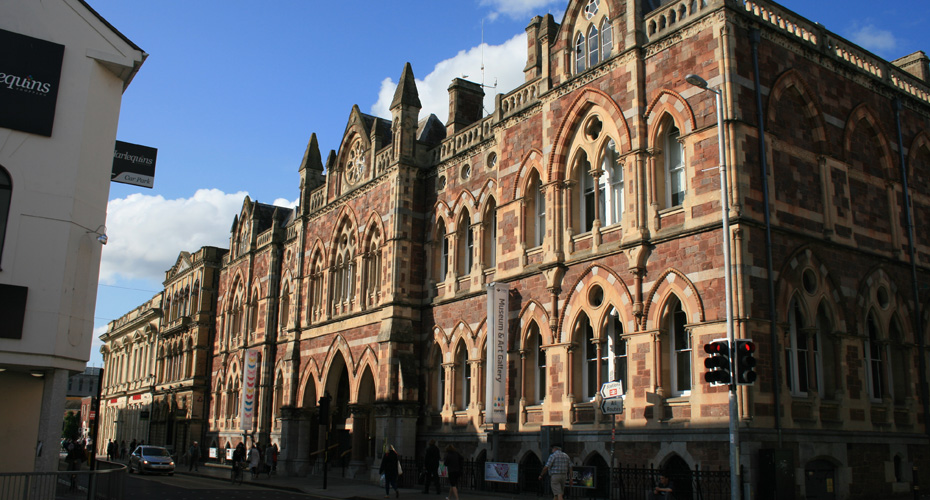If you have any questions or would like futher information about the project, please contact principal investigator, Steve Rippon S.J.Rippon@exeter.ac.uk
Find out more
Find out more
The culmination of the project was marked in a number of ways:
Two books provide both the first ever synthesis of Exeter’s archaeology, and its social and economic relationship to the South West of Britain and beyond, and a series of specialist reports on major excavations (such as Trichay Street under what is now the Guildhall Shopping Centre), documentary research into the communities living in central Exeter, summaries of all the other excavations within Exeter, as well accounts of the project’s research into animal bones, pottery production, metalworking, tree-ring dating, Roman tile, Roman coins, Roman quern stones, and Exeter’s medieval cemeteries. The two books are available for purchase or as freely downloadable PDFs from Oxbow Books (https://www.oxbowbooks.com/oxbow/catalogsearch/result/?q=Exeter+a+place+in+time):
Rippon, S. and Holbrook, N. (2021) Roman and Medieval Exeter and their Hinterlands: From Isca to Excester (Exeter: A Place in Time 1), Oxford: Oxbow Books.
Rippon, S. and Holbrook, N. (2021) Studies in the Roman and Medieval Archaeology of Exeter (Exeter: A Place in Time 2), Oxford: Oxbow Books.
‘Meet the experts’ day: in 2019, the Royal Albert Memorial Museum hosted a one-day workshop for the public. This comprised displays of archaeological material with the opportunity for hands-on interaction and informal conversations with EAPIT team members.
Royal Albert Memorial Museum: a long term legacy of EAPIT will be achieved through enhancements to the Museum’s resources. The results of the project will be interpreted through changes to the RAMM’s Making History gallery which tells the story of Exeter’s place in Devon and the World in a chronological sweep of displays leading from 409 million years ago through to the present day. The proposed enhancements will focus on the periods from the Roman military fortress through to the 16th century. The interpretation will highlight the new scientific analysis of the collections and will draw out links between Exeter, its hinterland, and the wider world. There will also be a touch screen interactive display panel in the gallery that will give visitors the means of exploring Exeter’s archaeological past through a map-based interactive display that links object records to current scientific interpretation and puts these artefacts in their wider geographic context.
The RAMM’s existing online TimeTrail will also be updated in the light of the project’s results.

